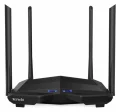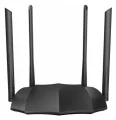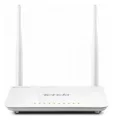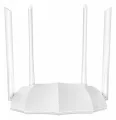Tenda AC15 router review
Tenda introduced the AC15 router in 2015. It is powered by Broadcom BCM4708A0 @ 800 MHz chipset, 128 MB of RAM, and 16 MB of flash memory.
Wondering if the Tenda AC15 is a must-have? Keep reading!
Table of Contents
- Tenda AC15 specifications
- Body, dimensions, weight
- System, chipset, RAM, flash, power supply
- Network, protocols, WAN and LAN ports
- Wireless, antennas, speed, security
- Connectivity
- Administration, user interface, login information
- Links
- Verdict, Pros and Cons
- Photos
- Comparisons
Our personal experiences and opinions form the basis of this article. We aimed to share insights on a topic, and we hoped others would find it useful and inspirational. If you noticed any mistakes or missing details about the Tenda AC15, please let us know.
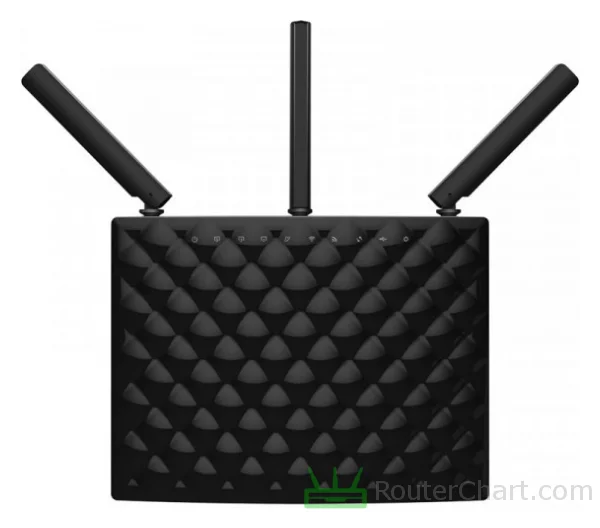
The AC15 is a good choice for users. It is reliable and feature-rich, and it supports the latest Wi-Fi 6 technology. Tenda prioritizes network security to keep data safe and secure.
Tenda AC15 specifications
| Brand | Tenda |
|---|---|
| Name | AC15 |
| Type | AC15 |
| Rating | |
| Launch | 2015 |
Body
| Dimensions | 226 x 179.5 x 76.6 mm |
|---|
The dimensions of a router can impact its cooling capabilities. Larger routers have more room for internal cooling.
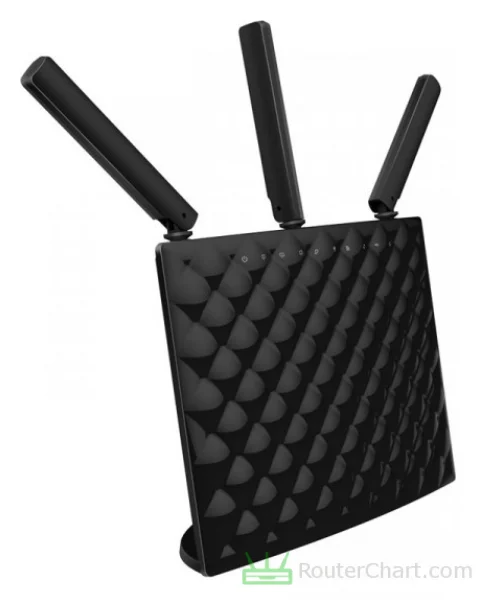
System
| Chipset | Broadcom BCM4708A0 @ 800 MHz |
|---|---|
| RAM | 128 MB |
| Flash | 16 MB |
| OS | Tenda |
| Power supply | 12 V / 2.5 A |
The Tenda AC15 router has a Broadcom BCM4708A0 @ 800 MHz processor. You cannot expand the router's memory (128 MB). When selecting a router, it's essential to think about the RAM specifications.
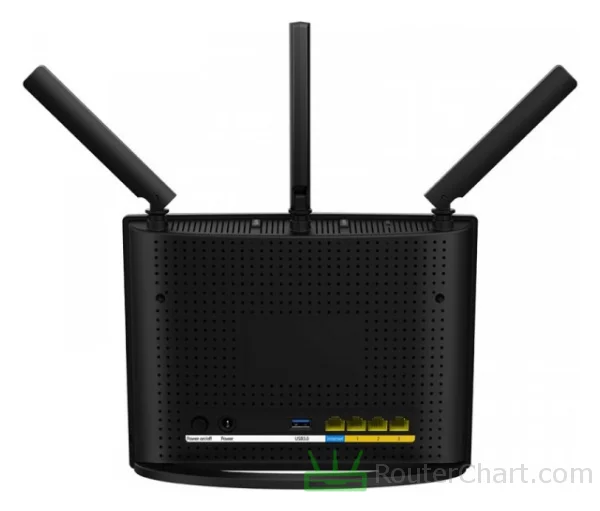
Network
| Protocols | IPv4 IPv6 |
|---|---|
| LAN ports | 3 x 10/100/1000 Mbps |
| WAN ports | 1 x 10/100/1000 Mbps |
| Mobile network | no |
| VPN support | no |
The latest firmware supports IPv6. It provides a system to identify and locate computers on networks. The router has Gigabit Ethernet ports. They allow for faster communication between devices on your local network. A Gigabit WAN port is useful when your internet plan supports high speeds.
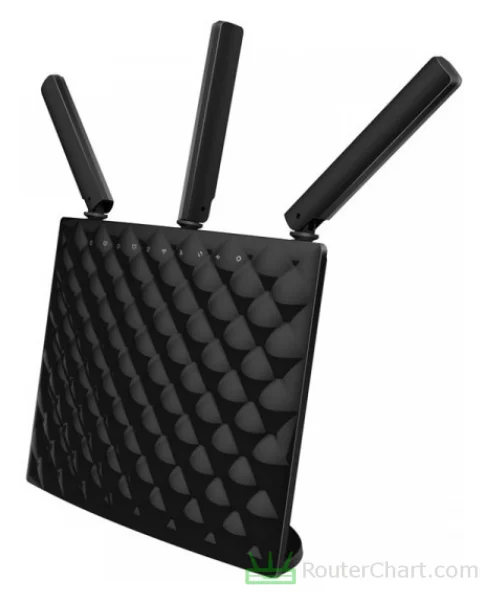
Wireless
| Antennas | 3 x 3 dBi fixed |
|---|---|
| 2.4 GHz | yes |
| 5 GHz | yes |
| 60 GHz | no |
| Standards | IEEE 802.11a/b/g/n/ac |
| Class | AC1900 |
| Speed | 600 + 1300 Mbps |
| Transmit power | 20 dBm |
| Security | WPA WPA2 WPS |
| Guest network | yes |
The 2.4GHz band refers to the part of the radio spectrum between 2.400 and 2.4835 gigahertz. The 5 GHz band is less crowded, and the AC15 router is 5 GHz capable. This AC Wi-Fi router supports multiple spatial streams, typically up to 4 streams. The introduction of WPA2 (Wi-Fi Protected Access 2) improved upon WEP. It provides stronger security. The Wi-Fi Protected Setup (WPS) lets you join a safe wireless network with the push of a button or a simple PIN entry.
Connectivity
| USB ports | 1 x USB 3.0 |
|---|---|
| Print server | yes |
| File server | yes |
The USB 3 ports provide a fast interface for external storage with data transfer rates of up to 4.8 Gbps. USB print servers let you connect a USB printer to your network. You can connect external storage devices such as USB flash drives or USB hard drives to your router.
Administration
| Default IP | 192.168.0.1 |
|---|
Links
| Official site | https://www.tendacn.com/ |
|---|
Pros and Cons
Every router, including this Tenda one, has its good sides and not-so-good sides. Let's take a closer look at both to get a full understanding of what this router can do. Just remember, this is just what I think, and you might see things differently.
Pros
- sufficient memory
- IPv6 capable
- high-speed LAN port
- high-speed WAN port
- works on 5 GHz band
- decent Wi-Fi performance
- WPS friendly
- USB 3 compatible
- printserver functionality
- fileserver operation
Cons
- insufficient flash
- missing Wi-Fi 6 support
- incompatible with WPA3
Tenda AC15 photos



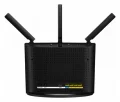

Tenda AC15 comparisons
We've noticed that many of our visitors like to compare the Tenda AC15 router with these popular models.
If there’s information about the Tenda AC15 that you would like to see on this site, then write to us.
Updated: May 25, 2024


